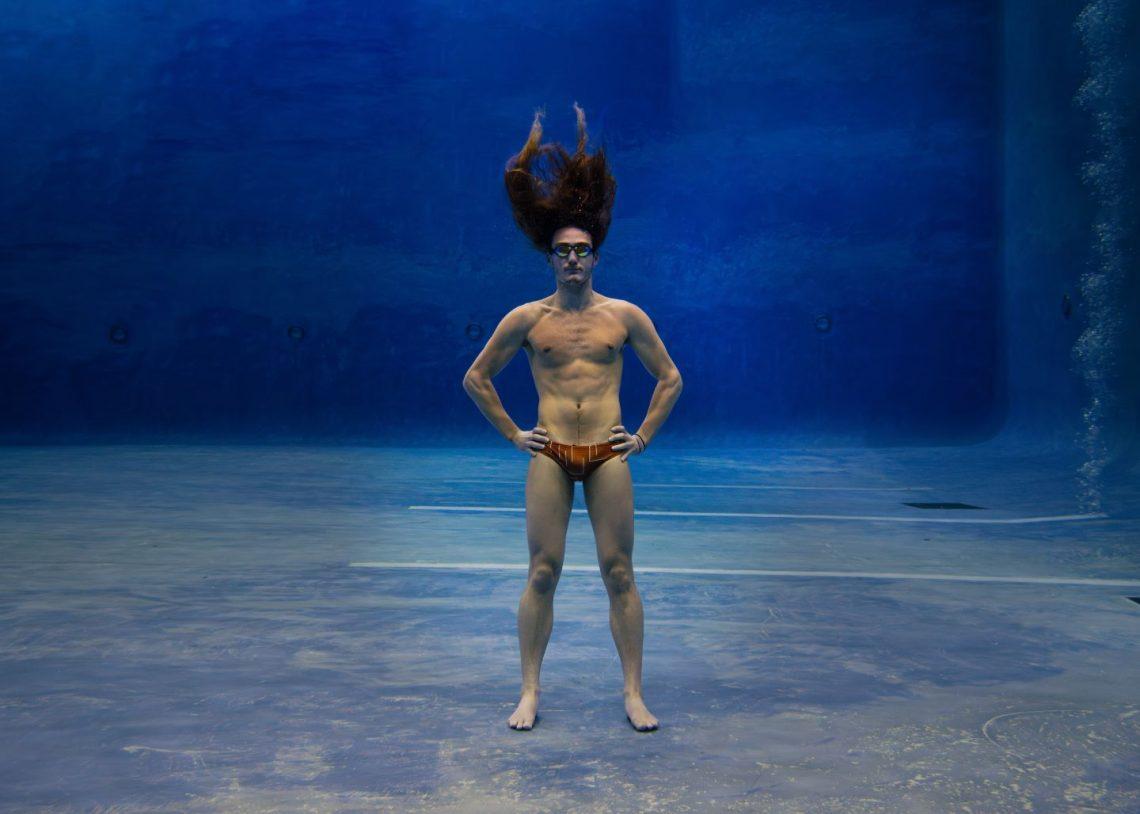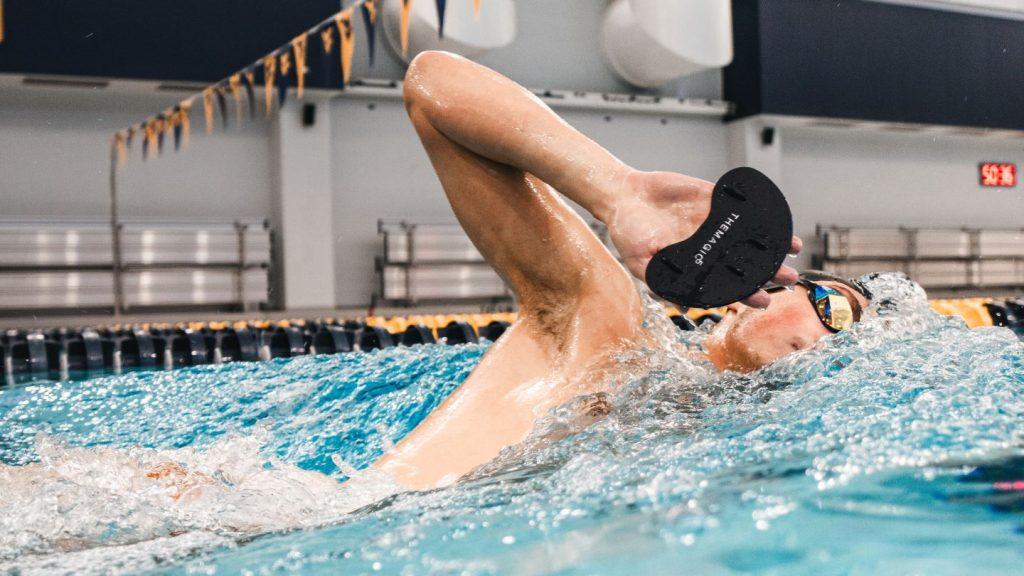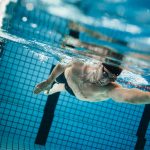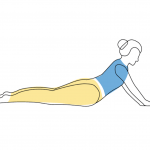
How to train in the pool for open water success
Sarah Kim Bonner spoke to American Olympic hopeful Ivan Puskovitch about the training regime that earned him his place in the Paris Olympics
American open water swimmer Ivan Puskovitch punched his ticket for the Paris Olympics at the World Aquatics world championships in Doha. Swimming himself into 14th in the men’s 10 km event, Puskovitch posted a time of 1 hour 48 minutes and 54 seconds.
Competing at the highest level of open water swimming means a lot of pool time. A pool is a very different environment, providing a controlled environment and practicality, but Puskovitch says that doesn’t mean you can’t prepare for the challenges of open water.
Streamline your sighting
One of the biggest differences between open water and pool swimming is sighting. Sighting is a skill that should be practised in the pool just as much as in open water because it requires precise head movement to maintain your speed and efficiency.
“There’s a lot more head movement in open water,” Puskovitch says. “In the pool, you’re not picking your head up, you’re not looking around, you’re not trying to get your bearings by looking for landmarks or buoys. Your head is down and then to the side, you’re swivelling laterally. Whereas in open water, you’re adding vertical movement as well.
“When you factor in additional movement like that, you create opportunities to break your body line and create additional water resistance, which will slow you down and drop your lower body, which is not as efficient as when you’re more horizontal.”
Puskovitch drills head position in the pool, both the optimal positions while swimming and the vertical movement to sight. To practice, he uses a snorkel so he can completely focus on his body position.
“I mainly use the snorkel to practice keeping my head straight, so that when it’s time for me to sight, when it’s time for me to pick my head up in an open water race, it’s second nature for me not to have my neck drift off to the side and create additional water resistance in the neck and the upper chest area.
“The goal isn’t to push pace or reach high intensities. The main focus is practising proper head positioning and neck alignment. I’ll also pick my eyes up over the water while I’m wearing the snorkel to practice the sighting motion when we’re doing drill work.”
Be a puller
“I’m a huge puller,” Puskovitch says.
Specializing in the 10 km event, Puskovitch often races for almost two hours and says he only uses a 2-beat kick for the majority of the swim. That’s a big difference to a 50 m freestyle sprint or even 1500m.
“When you’re doing long-distance swimming, it’s much more upper body dominant than lower body . I call the legs ‘oxygen drains.’ They’re just such massive muscles that if you’re using them a lot, you’re going to just blow so much oxygen and that’s the most vital resource.”
Training to be upper body dominant, Puskovitch often swims with a pull buoy.
“The pull buoy is great because it limits any leg movement. It forces you to focus on keeping your shoulders engaged and gets you used to feeling your hips maintained at the surface without having to keep your legs engaged.”
To make pulling even harder, Puskovitch will change the position of the buoy, holding it as far down as his ankles.
Don’t canoe your core
Core strength can’t be underestimated in open water swimming. With longer distances, having a strong core is essential to maintain efficiency and speed.
“Core strength is the name of the game. When you get tired, your legs start sinking. Good core strength means you are well equipped to keep your hips up when it’s time to race in open water.”
Puskovitch reiterates that using a pull buoy, especially at your ankles, is a great way to challenge your core strength.
“Not only do you need a lot of lower body endurance to hold it together and not let it slip out, but it creates this canoe-like body position if you let your hips sink. So, it’s a great way to practice overcompensating for high buoyancy at the shoulders and the feet, but low buoyancy at the hips and it just lets you gather good core strength.”
Using a kickboard is another way to achieve a similar challenge.
“Obviously, kicking is the reason everyone uses a kickboard but you have to focus on keeping your hips up and not letting yourself fall into that canoe shape.”
Just like changing the position of the pull buoy, Puskovitch will change the position of his hands on the kickboard to create more or less difficulty.
“You can hold it all the way at the top and rest your arms or as you move your grip further down, you’re getting less support and less buoyancy support from the kickboard.”
“I’ll do kick sets where I’ll use the snorkel and the kickboard at the same time. I’m wearing the snorkel so I’m kicking with my face down and only holding the handles of the kickboard so I’m barely getting any buoyancy support so, same thing: core engagement.”

Keep your catch
“The last thing I want at the end of a race is to be catching less water than my competition – that’s the biggest reason why people start to pull away from others.
“Your tempo is the same, you’re kicking the same, but one is going faster than the other. The only explanation behind that is because the person who’s moving faster is catching more water.
“When you’re catching less water, you’re going to have to start taking more strokes and that creates even more fatigue.”
Puskovitch champions pulling to build strength but also says strong wrists are vital for keeping your catch.
“Swimmers who use their arms for a large amount of time cannot have weak wrists, otherwise, you’re going to miss the water at the beginning of your catch.”
To work on wrist strength, Puskovitch focuses on the start of the catch and uses finger paddles for more water feel.
“I use finger paddles all the time. They are good if you’re doing a lot of drills and strong distance per stroke work to practice flexing the wrist at the start of the catch.”
Unlike larger paddles that are for strength-based pulling, finger paddles are for “technique driven and mechanically focused” work to really hone the correct motion of the catch.
Puskovitch adds that they aren’t just for drills or freestyle. A great way to fully harness the benefits of building wrist strength with finger paddles is using them in all four strokes, especially butterfly.
“I use them in all strokes. They’re challenging on butterfly because you’re starting your catch the same way as freestyle. I find using the finger paddles in both is effective and helps me with my open water prep.”
Ivan Puskovitch is sponsored by The Magic 5 who helped create this article. If you buy a Magic 5 product using a link from this article, we may receive a commission. All images (c) THEMAGIC5.
Read our interview with Ivan about how he’s preparing for the Paris Olympics








